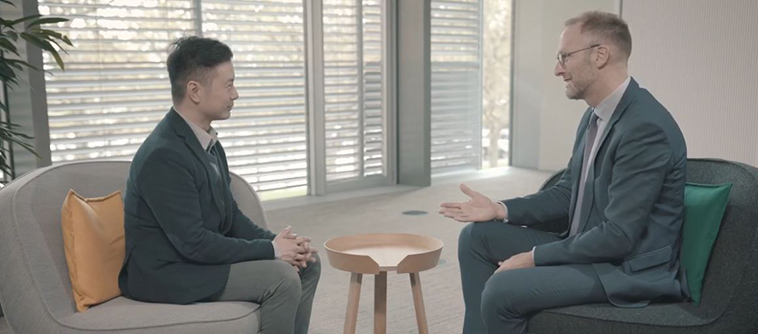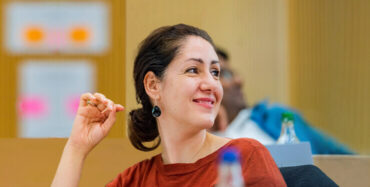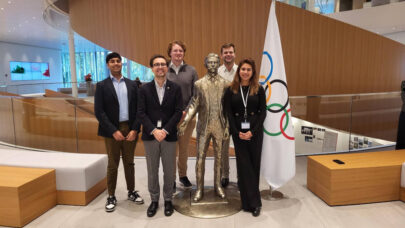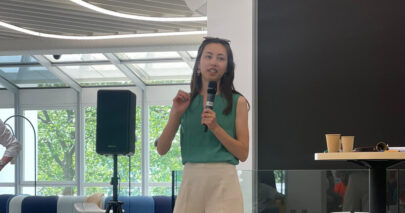LEGO Group is one of the most iconic and beloved brands in the world, with an appeal that inspires creative freedom in children and nostalgia in adults.
But the Danish company is not just a powerful brand – it’s an increasingly diverse one, too. What started in 1932 as a series of wooden toys – the more famous interlocking bricks wouldn’t come along until 1949 – now has grown to become a brand that engages with multiple brands and stakeholders across many different touch points through the LEGO Group, LEGOLAND Parks, the LEGO Foundation, LEGO Education, LEGO House and LEGO Ventures.
But this success was not always assured. The company flirted with collapse in 2003, and then Jørgen Vig Knudstorp arrived on the scene. After assuming the role of CEO – the first person from outside the family of LEGO Group founder Ole Kirk Christiansen – in 2004, Knudstorp turned yearly losses into a healthy profit and 600% increase in turnover.
Catching up with IMD’s Professor Howard Yu at a recent CEO roundtable, the former CEO and now Chairman of LEGO Group discussed how long-established brands face inevitable waves of disruption, and how they can stay true to their origins while also trying to innovate.
“Lego is about every human being’s urge to express themselves through creativity”, said Knudstorp. “Every time you create something it is emotionally stimulating.”
Discussing LEGO Group’s evolution, Knudstorp pointed out that the ways of playing have changed, and will continue to change, but the deep essence of why we play and what we get out of it has stayed the same.
Managing growth
Given LEGO Group’s staggering growth, Knudstorp explained how the CEO’s role at the company became too big for one person to handle.
“My role became almost impossible to do as we were spreading into so many activities like theme parks, foundation work, research and education sector on top of the iconic toys business that had expanded a lot and become more globalized.”
In response to this Knudstorp became Chairman of the group in 2016 and began to focus on the company’s overall strategy and its brand.
Discussing how LEGO Group balances long and short-term concerns, Knudstorp gives a football analogy to argue his point.
“For me, the balance between long-term and short-term is that you have to win every Sunday to stay in the game. That’s how you gain the ticket to think about the long-term.”
For Knudstorp, leadership today requires a shift in mindset from a traditional command and control type organization to being a coach who creates autonomy, space to be creative and room for critical thinking.
Knudstorp also stressed the need for more diversity and inclusion and respect for the environment.
“Getting to the bottom of the climate change challenge will really require a very radical transformation of how businesses operate,” he said.
Watch the full interview here, and in the video player at the top of the page.




